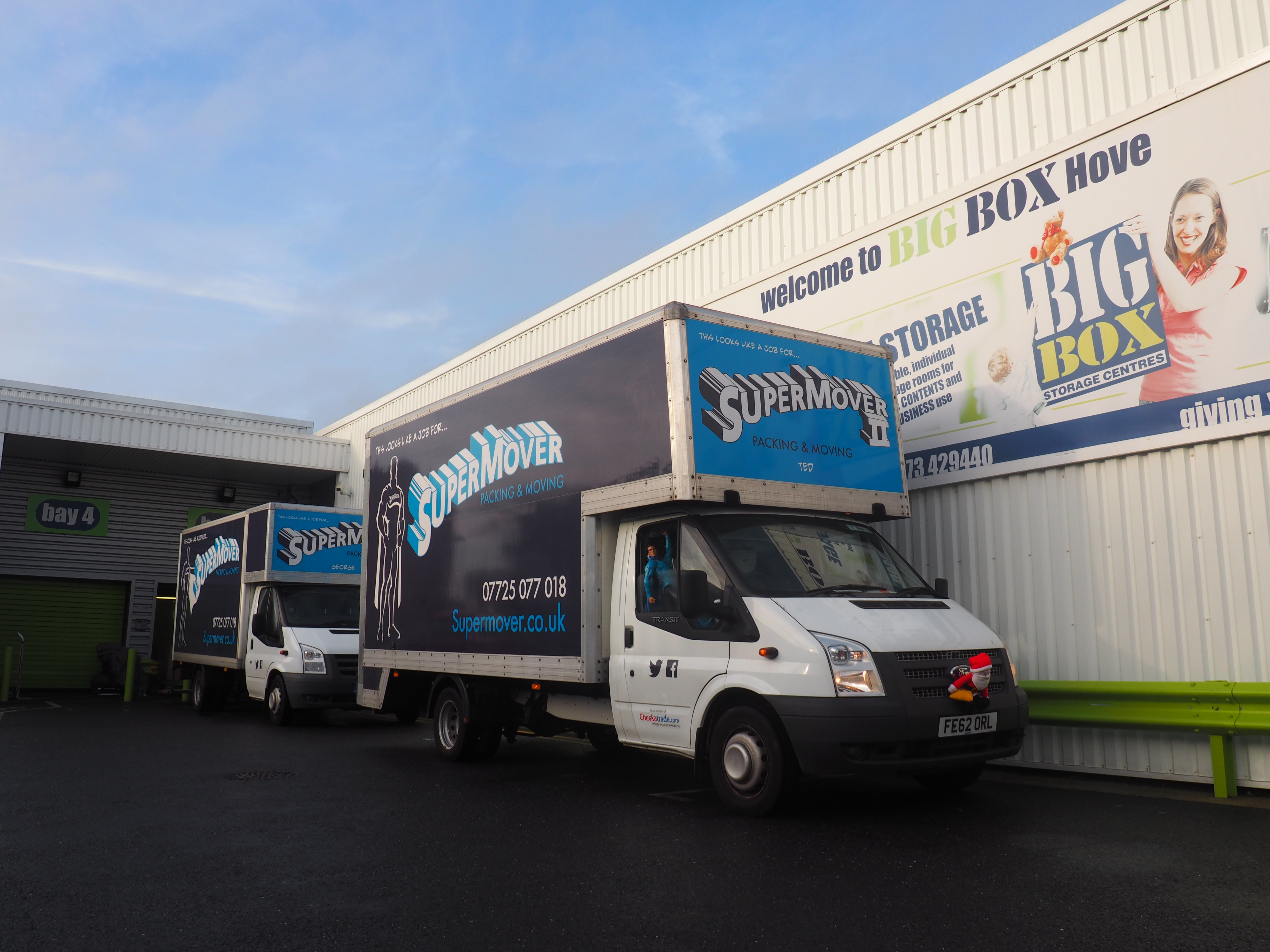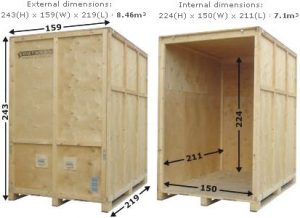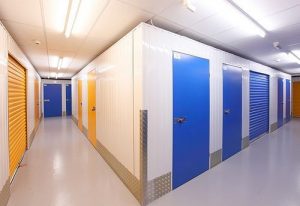Most important. Your personal papers and documents should be retained by yourself. This doesn’t matter how long your furniture is to go into store for even the shortest time. It will be possible ( usually for a fee ) to search through your belongings that you have in store, but to find documents and small items can be very time consuming and difficult.
How is my furniture Stored? The majority of removal and storage firms use containerised storage. These are basically large wooden boxes 8’x7’x5′ which are moved about using a forklift. Unless you have particular access problems at your home these will be loaded outside your house and sealed in your presence, and not opened again until they arrive at your new home. This cuts down on the amount of times your belongings are handled, therefore reducing the risk of damage to them.
Any items too large to fit into a container will be stored separately; the representative from the removal company will advise you about this when he calls round. Most common items to be left loose are ladders, carpets and sometimes sofas and chairs.
Smaller removal companies sometimes use a 3rd party storage facility (often a self storage company) and will load your items into a room.
We have more info on Self Storage and Mobile Self Storage.
Things that are not to go.
Try and move out clothes and personnel items etc, that you will not sending into storage. Put them all in a separate room and shut the door. Tell the team leader of the movers what is to go and stay. Don’t make the mistake of saying it’s all to go, because they will take everything that isn’t fastened down. This happens very often, and will delay everything when the removal team have to start and unload the containers that they have spent time and energy packing. If this happens you will definitely have to offer them a mug of tea just to soften them up a little.
Keep walkways clear. When furniture goes into store the team will have a lot less space to work in and will need to pick and choose what they take to the van more carefully. This therefore takes a bit longer to load the van than a straight move. Going from room to room looking for that piece of furniture that will fit exactly in a gap in the container. It’s a bit like a giant jigsaw puzzle.
White goods. These should all be disconnected, washed out with detergent to avoid unpleasant odours and then thoroughly dried out. You don’t want your freezer defrosting inside the container surrounded by your beds.
Packing. Most of the things you have in drawers that will be going into store just leave in, this saves a lot of space within the container and saves you having to pack. If the chest is very heavy but the drawers and legs are strong enough, the removal team will take out the drawers, carry the chest into the van and then replace the drawers. Do take out any breakable items though as these will roll about in the drawers. Bureau’s tend to be extremely heavy and usually have very spindly legs. It’s better if you unpack the drawers especially of heavy paper or books.
Electrical goods. If you can pack these in their original packaging. If not pack in a carton bigger than the equipment and surround it with bedding or clothes that will protect it. Mark very clearly on the box “fragile”. Record decks need the pick up arm securing during transit.
Items that cannot be stored. Check with the company representatives about what they can and cannot store, but food stuffs and flammable items like paint, petrol etc will certainly not be allowed to go into storage and if they do, this will completely invalidate any insurance cover. Not to mention putting yours and other peoples possessions at risk from fire and vermin.
Keep a list. The removal company will make an inventory of everything they put into the containers, but if you make a list of what you have placed inside your boxes and then number and mark on the appropriate room destination this will help when they come out of store. You will never remember what is in each box, especially when they have been in storage for a while.
Notice. Don’t expect to be able to give a couple of days notice to get at, or have you furniture delivered. The nature of containerised storage is that you can stack the containers on top of each other saving space, and in a warehouse with hundreds of containers yours are bound to be ones at the very back. Try and give as much notice as you can preferably 2 weeks or more.
Warn of any access problems. The vans that the containers travel in are very tall, up to 14 feet, so if you anticipate any problems tell the company and they will be able to arrange an alternative.





